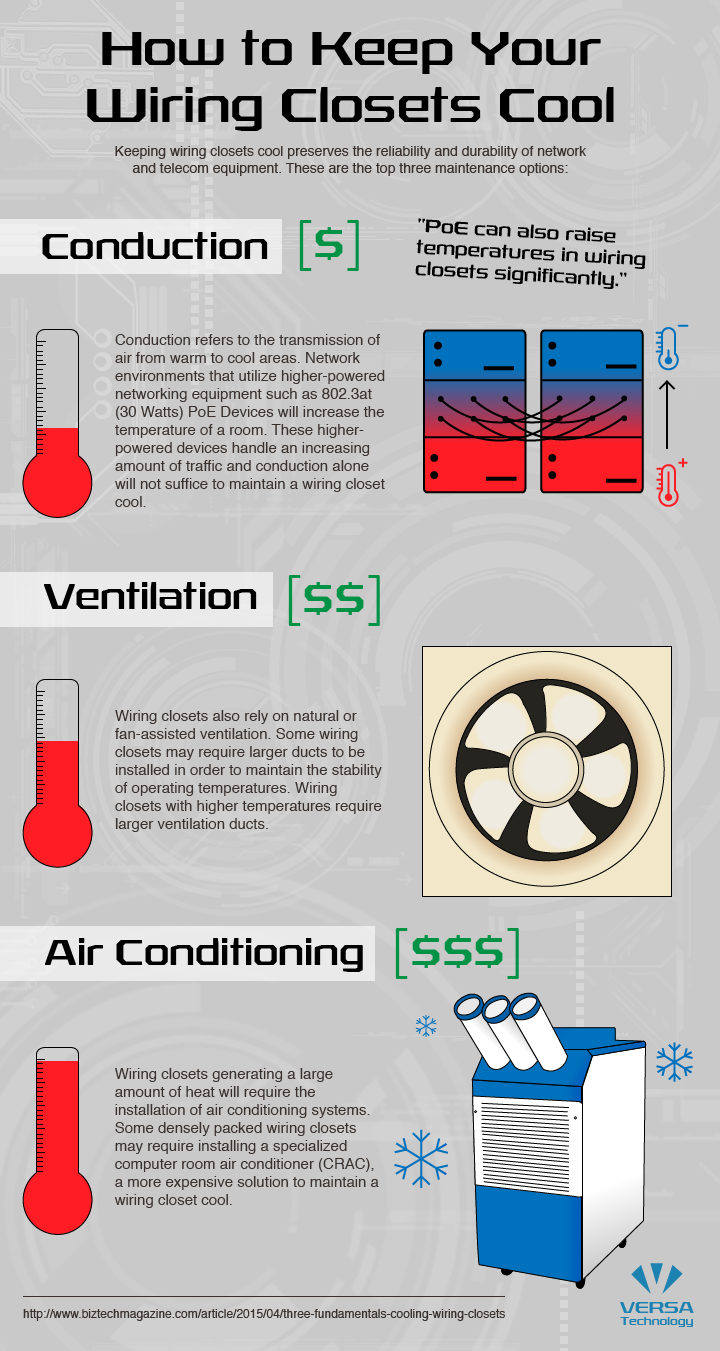The Future Of Home Heating - How Heatpump Modern Technology Is Developing
The Future Of Home Heating - How Heatpump Modern Technology Is Developing
Blog Article
Post Author-Marshall Ringgaard
Heatpump will certainly be a vital technology for decarbonising home heating. In a circumstance consistent with governments' revealed power and climate dedications, their international capacity increases by 2030, while their share in heating rises to one-quarter.
They function best in well-insulated homes and rely on electrical energy, which can be supplied from an eco-friendly power grid. Technological breakthroughs are making them much more reliable, smarter and more affordable.
Fuel Cells
Heat pumps utilize a compressor, cooling agent, coils and followers to relocate the air and heat in homes and home appliances. They can be powered by solar energy or power from the grid. They have been obtaining appeal because of their affordable, peaceful procedure and the capability to produce electrical power during peak power demand.
Some business, like IdaTech and BG MicroGen, are working on gas cells for home heating. These microgenerators can change a gas central heating boiler and produce a few of a house's electric requirements with a connection to the electricity grid for the remainder.
But there are ventilation systems specialists christchurch to be skeptical of using hydrogen for home heating, Rosenow claims. It would be pricey and ineffective contrasted to other technologies, and it would certainly include in carbon discharges.
Smart and Connected Technologies
Smart home technology enables property owners to connect and manage their devices remotely with the use of smartphone apps. For instance, wise thermostats can learn your heating choices and immediately get used to enhance power consumption. Smart lighting systems can be controlled with voice commands and instantly turn off lights when you leave the area, reducing power waste. And clever plugs can keep track of and handle your electric usage, permitting you to recognize and limit energy-hungry devices.
The tech-savvy household depicted in Carina's interview is a good picture of just how occupants reconfigure space home heating practices in the light of new smart home innovations. They rely on the tools' automated functions to perform everyday changes and regard them as a practical ways of conducting their home heating methods. As such, they see no factor to adjust their practices further in order to make it possible for flexibility in their home power need, and treatments focusing on doing so may deal with resistance from these homes.
Electricity
Since warming homes accounts for 13% people emissions, a switch to cleaner options can make a huge difference. However the technology encounters challenges: It's costly and calls for comprehensive home restorations. And it's not constantly compatible with renewable energy resources, such as solar and wind.
Up until just recently, https://www.caller.com/story/news/education/2020/08/27/some-ac-units-disconnected-tuloso-midway-schools-amid-roof-repairs/3443653001/ were as well expensive to compete with gas designs in a lot of markets. But brand-new advancements in style and products are making them extra economical. And much better chilly environment efficiency is enabling them to work well even in subzero temperatures.
The next step in decarbonising home heating might be making use of warmth networks, which draw warmth from a central resource, such as a neighboring river or sea inlet, and disperse it to a network of homes or buildings. That would lower carbon discharges and enable households to make use of renewable resource, such as environment-friendly electrical energy from a grid supplied by renewables. This alternative would be less expensive than switching to hydrogen, a nonrenewable fuel source that calls for brand-new infrastructure and would only lower CO2 emissions by 5 percent if coupled with improved home insulation.
Renewable Energy
As power rates drop, we're starting to see the very same pattern in home heating that has driven electrical automobiles into the mainstream-- however at an even faster rate. The solid climate situation for electrifying homes has been pressed additionally by new research study.
Renewables make up a significant share of modern warm intake, however have actually been offered limited policy interest globally compared to other end-use markets-- and even less attention than power has. Partly, this mirrors a mix of consumer inertia, divided incentives and, in lots of countries, subsidies for nonrenewable fuel sources.
New technologies can make the shift easier. As an example, heatpump can be made a lot more energy effective by changing old R-22 cooling agents with new ones that don't have the high GWPs of their precursors. Some professionals likewise visualize district systems that attract heat from a neighboring river or sea inlet, like a Norwegian fjord. The warm water can then be made use of for cooling and heating in a neighborhood.